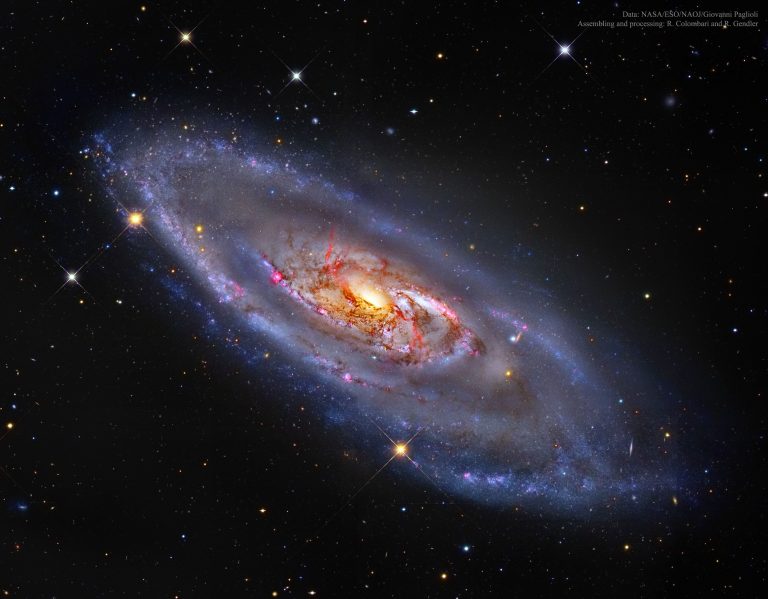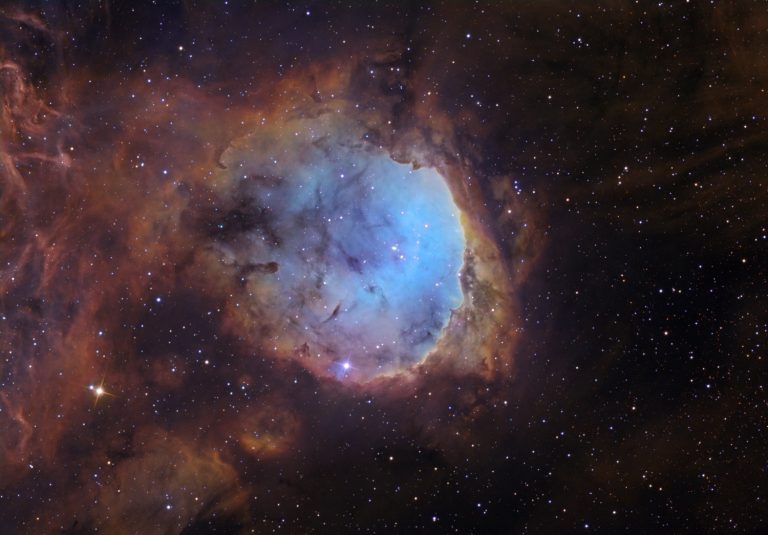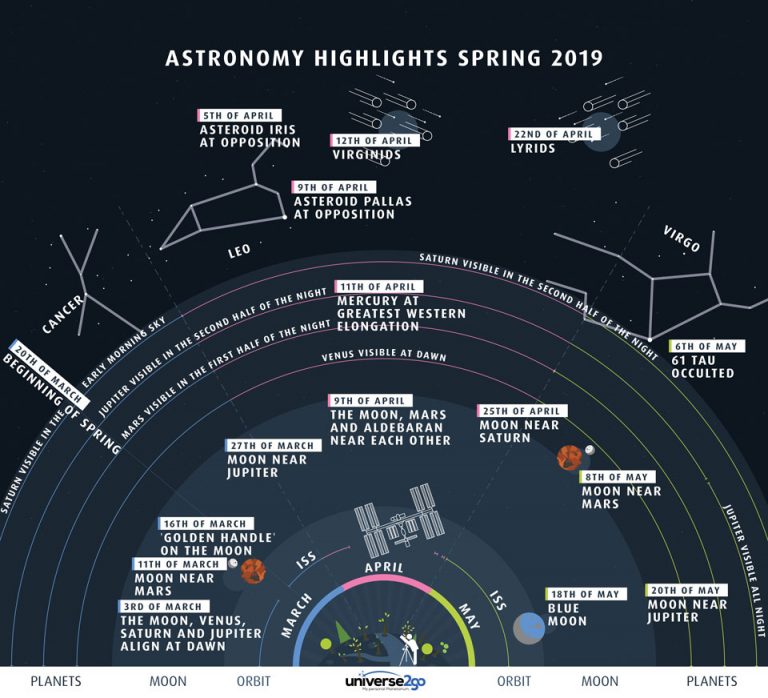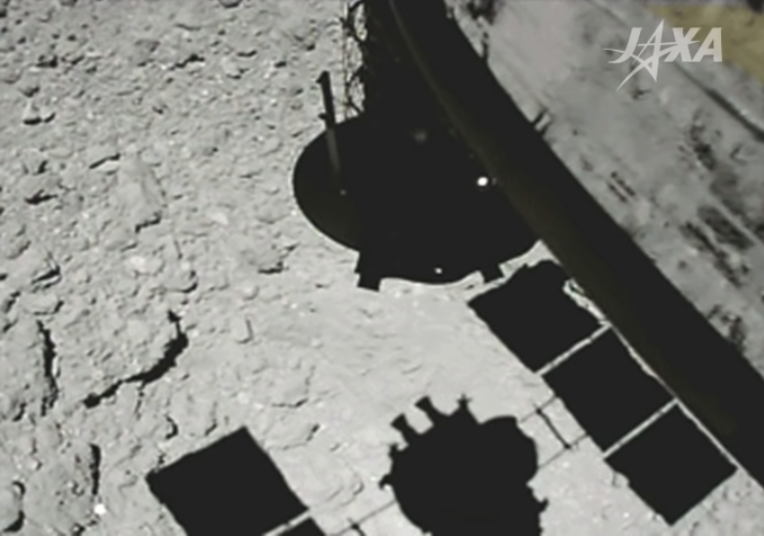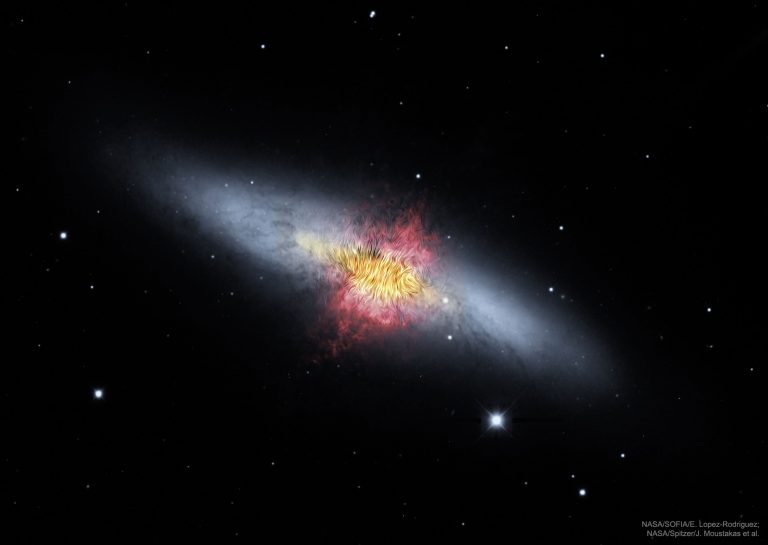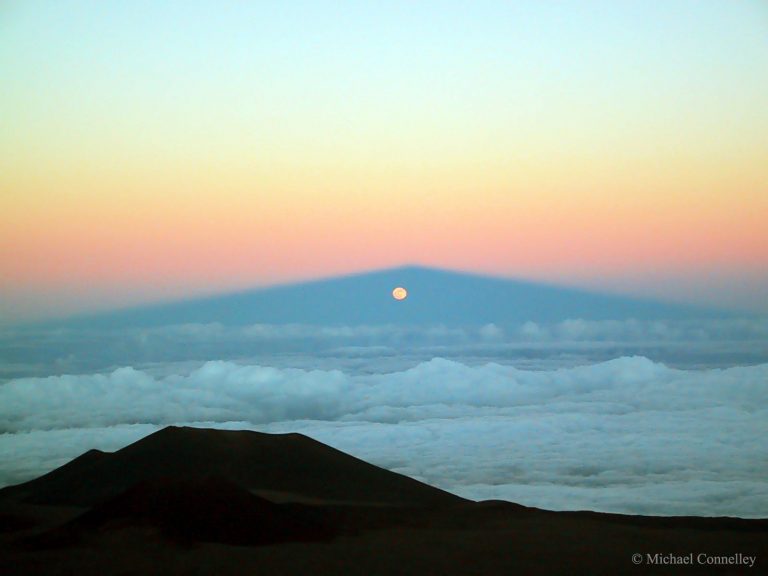Abell 370: Galaxy Cluster Gravitational Lens
2019 March 19 Abell 370: Galaxy Cluster Gravitational Lens Image Credit: NASA, ESA, Hubble; Processing & Copyright: Rogelio Bernal Andreo (DeepSkyColors.com) Explanation: What are those strange arcs? While imaging the cluster of galaxies Abell 370, astronomers noticed an unusual arc. The arc wasn’t understood right away — not until better images showed that the arc was a previously unseen type of astrophysical artifact of a gravitational lens, where the lens was the center of an entire cluster of galaxies. Today, we know that this arc, the brightest arc in the cluster, actually consists of two distorted images of a fairly normal galaxy that happens to lie far in the distance. Abell 370’s gravity caused the background galaxies’ light — and others — to spread out…



